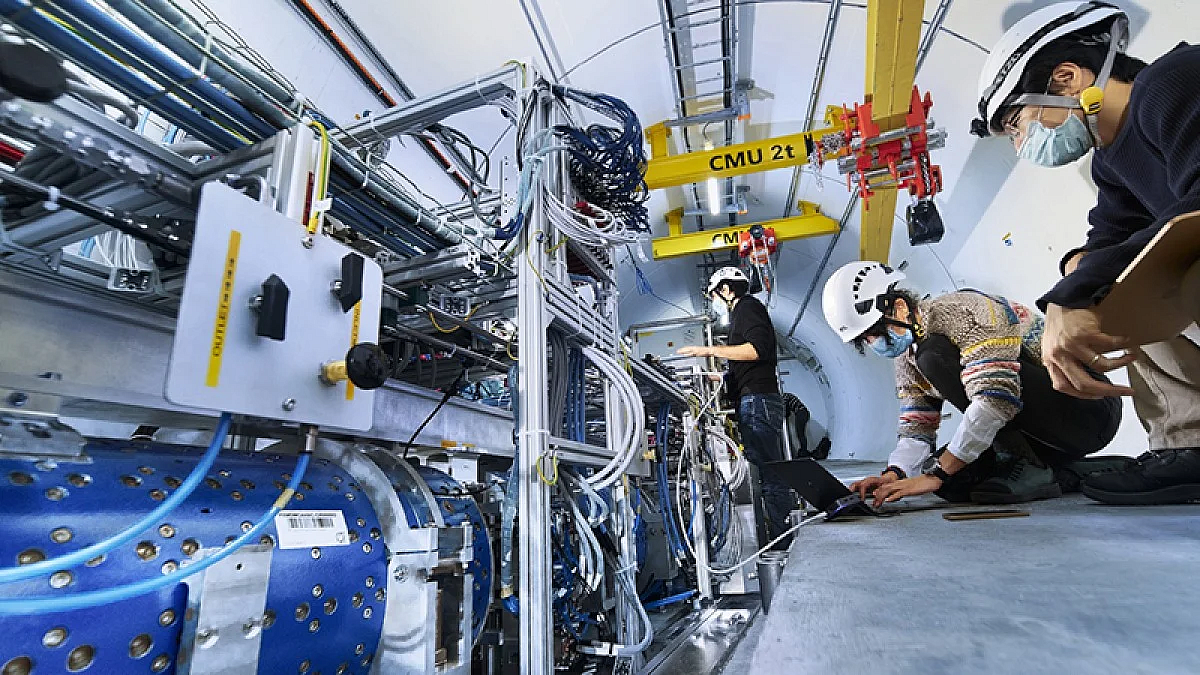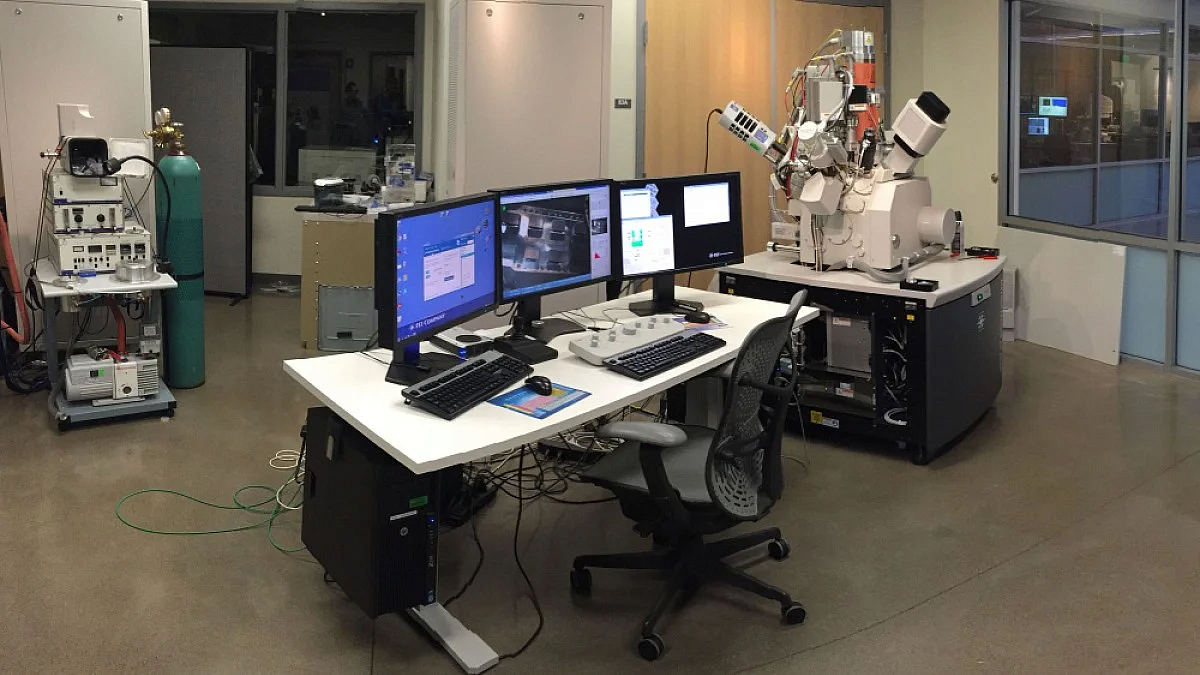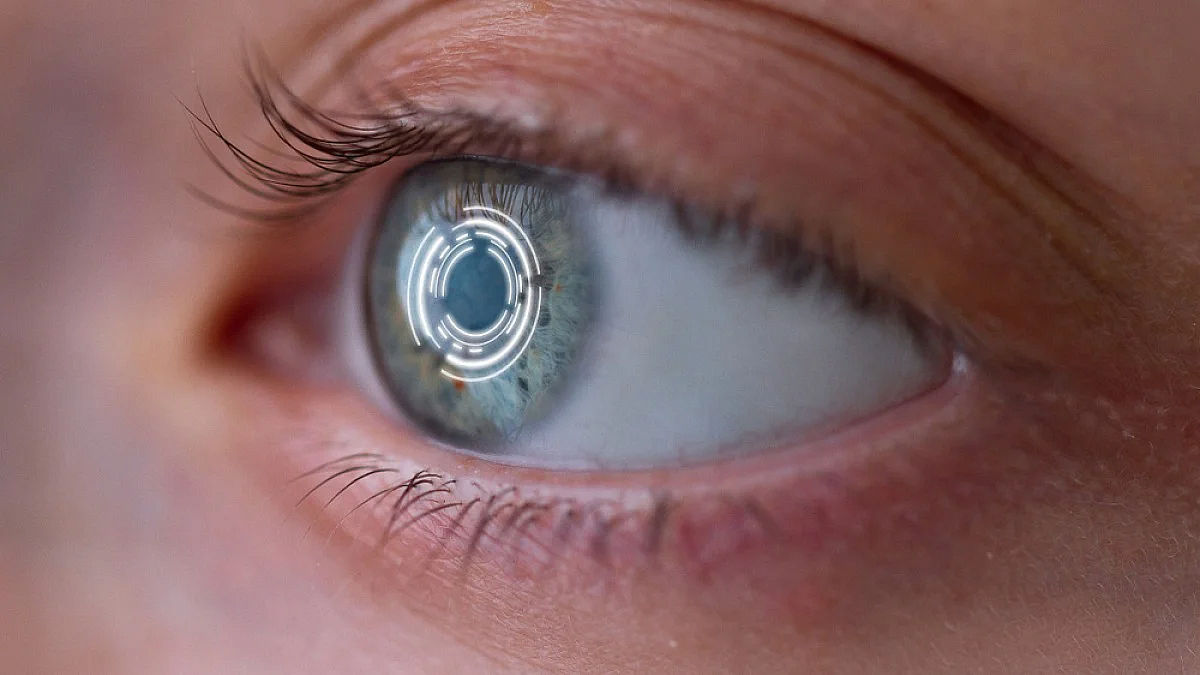Read the latest research from our department.

UO physicists aid in first neutrino detection from collider
Eric Torrence, professor; Deion Fellers, graduate student; Daniela Koeck, postdoctoral researcher; Ansh Desai, graduate student
For the first time, scientists have detected neutrinos created by a particle collider, and University of Oregon physicists are part of the international team that made the advance. The discovery opens up a new way to study fundamental building blocks of the universe and answer big questions about the cosmos. Known as FASER, or the Forward Search Experiment, the team’s detector captured high-energy neutrinos generated by the Large Hadron Collider at CERN in Geneva, Switzerland.
Read the full article in Oregon News.

See how quantum 'weirdness' is improving electron microscopes
Ben McMorran, associate professor; Amy Turner, graduate student; Cameron Johnson, graduate student
Quantum weirdness is opening new doors for electron microscopes, powerful tools used for high-resolution imaging. Two new advances from the lab of UO physicist Ben McMorran are refining the microscopes. Both come from taking advantage of a fundamental principle of quantum mechanics: that an electron can behave simultaneously like a wave and a particle. It’s one of many examples of weird, quantum-level quirks in which subatomic particles often behave in ways that seem to violate the laws of classical physics.
Read the full article in Oregon News.

Bio-inspired technology could one day lead to a bionic eye
Richard Taylor, professor; Saba Moslehi, postdoctoral researcher; Conor Rowland, graduate student; Julian Smith, graduate student; William Watterson, graduate student; David Miller, graduate student; Cristopher Niell, associate professor; Benjamín Alemán, associate professor
A new design for eye and brain implants draws its inspiration from nature. UO researchers have grown rodent retinal neurons on a fractal-patterned electrode, one that mimics the repeating branching pattern in which neurons naturally grow. It’s a step closer to making a bio-inspired bionic eye, a longstanding goal for UO physicist Richard Taylor.
Read the full article in Oregon News.

